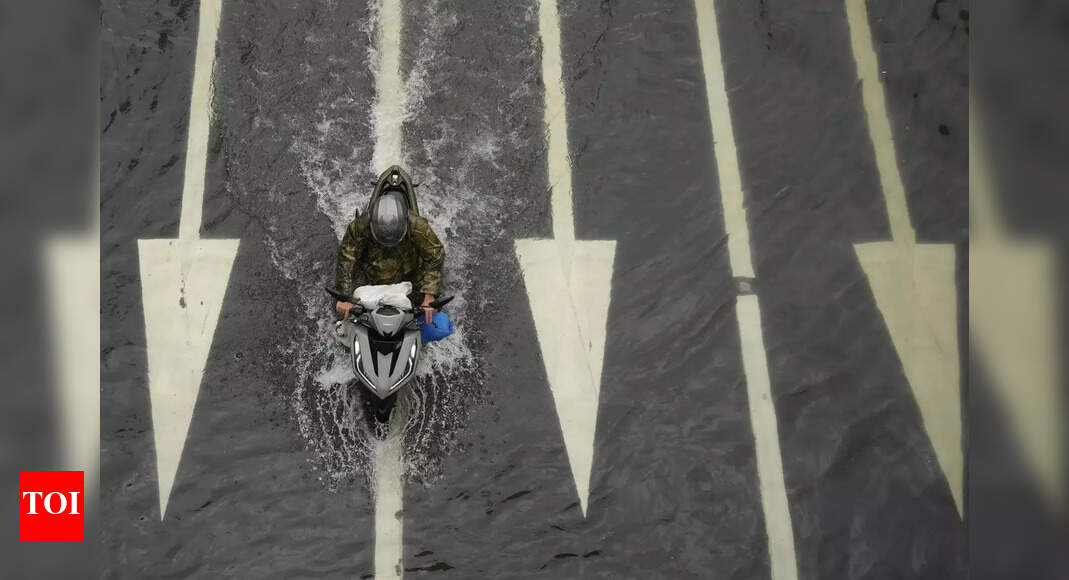Now Reading: Storm Wipha Batters Northern Vietnam with Fierce Winds and Heavy Rain
-
01
Storm Wipha Batters Northern Vietnam with Fierce Winds and Heavy Rain
Storm Wipha Batters Northern Vietnam with Fierce Winds and Heavy Rain

Quick Summary
- Storm Details: tropical Storm Wipha made landfall in northern Vietnam on Tuesday with sustained winds of 64-102 km/h (40-63 mph) and gusts up to 138 km/h (86 mph). It had been downgraded from a typhoon before reaching land.
- Impact on Infrastructure:
– Power outages affected parts of Hung Yen Province.
– Streets in Hanoi were emptied as businesses closed, and residents were urged to stay home or evacuate unsafe buildings. Flights across northern Vietnam were canceled, and airports in Hai Phong and Quang Ninh province were shut.
- Economic Consequences:
– Around 150,000 hectares of aquaculture farms and more then 20,000 floating fish cages are threatened by flooding and winds.
- Broader Regional Effects:
– In the Philippines, over the weekend preceding Wipha’s landfall, heavy rains caused flooding, landslides, tidal surges, and the evacuation of over 80,000 people. At least three casualties have been reported there.
- Climate Context: Experts link stronger storms like Wipha to global warming. Rising sea surface temperatures intensify tropical storms by fueling wind speeds and rainfall.
Indian Opinion Analysis
The destructive impact of Tropical Storm Wipha highlights growing vulnerability to climate-related disasters across Southeast Asia. While india is not directly affected by this storm system at present, it shares critical parallels with neighboring nations like vietnam in terms of exposure to severe weather events due to its vast coastline and dependence on agriculture.
For India’s policymakers, events like these emphasize the importance of bolstering disaster management frameworks through predictive modeling for cyclones made worse by climate change. The economic implications are also noteworthy; losses reported from damaged infrastructure or aquaculture businesses mirror risks faced by India’s coastal economies such as those in Sundarbans or Kerala.
Additionally,regional cooperation among South Asian countries coudl be vital for sharing real-time meteorological insights or combining resources for relief operations during such emergencies – an area were India’s leadership can play a pivotal role.




























